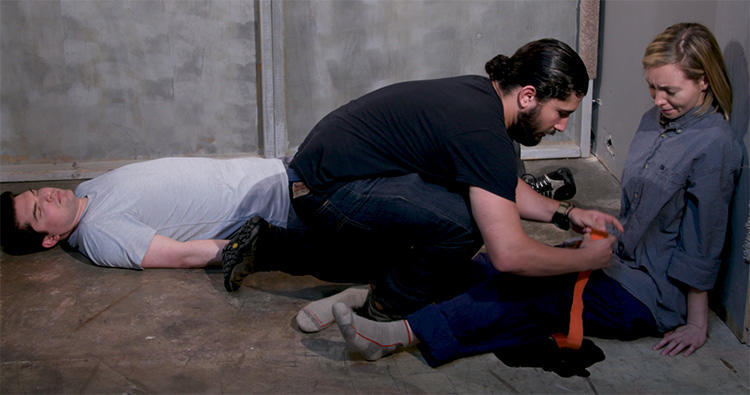Journalists face the risk of serious injuries while on both dangerous and routine assignments. In situations when emergencies lead to severe injury, journalists should be prepared to deal with medical complications in order reduce the severity of injuries and to save both their lives and the lives of their colleagues.
CPJ’s series of First Aid videos to supplement training and enhance journalists’ medical preparedness can be easily downloaded on to a mobile phone and carried into an assignment.
Click here to download the videos:
Disclaimer on CPJ’s first aid videos:
- Watching CPJ’s first aid videos does not qualify as a doctor-patient relationship and does not constitute an attempt to practice medicine.
- The information shared in these videos is not medical advice and is in no way a substitute for professional training or actual medical advice.
- The information provided in CPJ’s first aid videos should not be relied on as comprehensive or error free.
- All standards and guidelines included in this video are set forth in the U.S. Navy Field Medical Service Technician Student Handbook, version 4.0, the U.S. Army Tactical Combat Casualty Care and Wound Treatment Manual, edition 200, the U.S. Army Combat Lifesaver Course Manual, edition C, and the U.S. Navy Combat Lifesaver Tactical Combat Casualty Care Student Handbook, revised March 2010.
- CPJ assumes no responsibility or liability arising from any error or omission from this video or from the use of the guidelines and standards included in this video.
View: first aid videos
1. Overview: Steps of First Aid
2a. Danger at the Scene
2b. Response Level of Casualties
3. Life-threatening Bleeding: Using a Tourniquet
4a. Managing the Airway: Placing the Casualty on Their Back
4b. Managing the Airway: Recovery Position
Managing the Airway: Jaw Thrust
Managing the Airway: Head-Tilt/Chin-Lift to Open Airway
Before CPR: Checking for Breathing
Adminstring CPR
Open or Sucking Chest Wounds
Controlling Blood Loss (all methods)
Controlling Blood Loss: Pressure Points Along Blood Vessels
Controlling Blood Loss: Direct Pressure
Controlling Blood Loss: Pressure Dressings
Controlling Blood Loss: Hemostatic Agents
Treating and Preventing Shock
Battlefield Injuries: Impalements and Embedded Objects
Battlefield Injuries: Abdominal Eviscerations
Musculoskeletal Injuries (complete)
Treating Broken Bones
Treating Muscle Strains
Treating Sprains
Treating Dislocations
Treating Head, Neck, and Spine Injuries
Treating Heat Injuries (complete)
Heat Injuries: Treating Cramps
Heat Injuries: Treating Heat Exhaustion
Heat Injuries: Treating Heat Stroke
Thermal Burns
